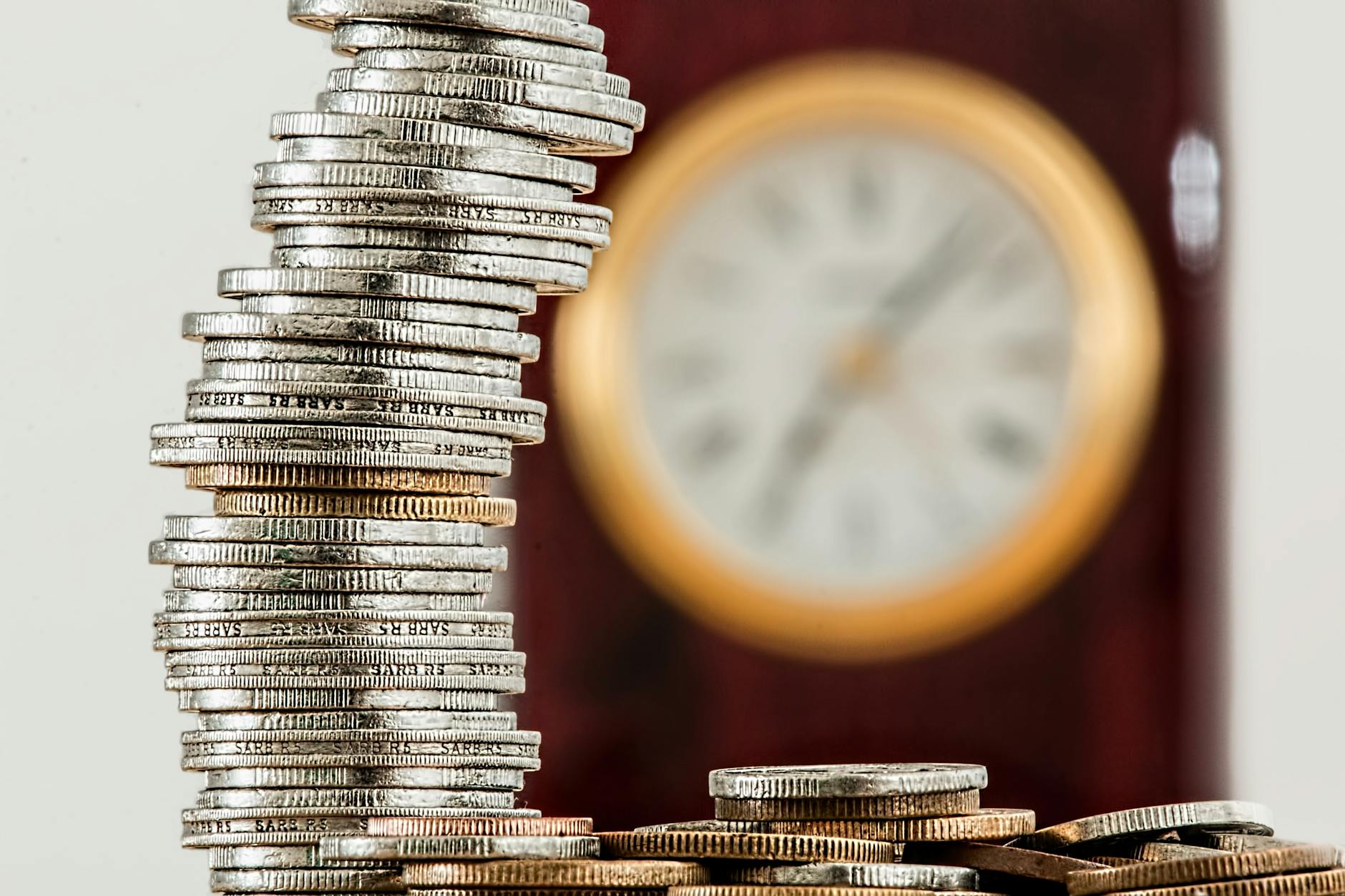Envelope budgeting is a cash management system that helps you take control of your finances by allocating specific amounts of money to different spending categories. This method involves using physical envelopes, or digital alternatives, to separate your cash into various budget categories, such as groceries, entertainment, and transportation. Doing so creates a visual representation of your spending limits, making it easier to manage your expenses and avoid overspending. The concept is simple yet effective, appealing to those who prefer a hands-on approach to budgeting.
Predetermined spending
The core idea of envelope budgeting revolves around setting a predetermined amount of money for each category at the beginning of a budgeting period, usually a month. You fill each envelope with cash corresponding to the budgeted amount for that category. For instance, if you allocate $300 for groceries, you would place that amount in the grocery envelope. When you spend money on groceries, you take cash from that envelope. Once the envelope is empty, you can no longer spend in that category until the next budgeting period begins. This system encourages you to think critically about your spending habits and make more informed financial decisions.
Accountability
By physically handling cash, you become more aware of your spending patterns and are less likely to make impulsive purchases. The tactile experience of counting out cash can create a stronger connection to your financial choices compared to digital transactions, which often feel abstract. Additionally, this method can help you develop better habits over time. As you adhere to your budget and see the benefits of managing your money effectively, you may find yourself becoming more disciplined in other areas of your financial life.
Medium choice
In today’s digital age, many people may wonder if envelope budgeting still holds relevance. While the traditional method involves physical cash and envelopes, technology has made it easier to adapt this system to a digital format. Various budgeting apps allow you to create virtual envelopes for different spending categories, helping you track your expenses without the need for cash. These apps often include features that provide insights into your spending habits, making it easier to adjust your budget as necessary. Regardless of the medium you choose, the underlying principles of envelope budgeting remain the same.
How will envelope budgeting help me?
Envelope budgeting offers several significant benefits.
Clarity and visibility
One of the primary advantages is the tangible nature of cash. By allocating a specific amount of money to each category of your budget and placing it in designated envelopes, you create a physical representation of your spending limits. This visibility helps you stay accountable and provides a clear understanding of how much you can spend in each area, reducing the chances of overspending.
Simplicity
Unlike complex budgeting apps or spreadsheets, this method is straightforward and intuitive. You do not need advanced financial knowledge or technology skills to implement envelope budgeting effectively. Simply categorize your expenses, allocate cash to each envelope, and track your spending as you go. This ease of use makes it accessible to a wide range of individuals, including those who may feel overwhelmed by traditional budgeting methods.
Mindful spending
Envelope budgeting also promotes mindful spending. When you use cash from your envelopes, you become more aware of your expenditures. It is harder to part with physical cash than to swipe a card, which can lead to more intentional purchasing decisions. This mindfulness helps you evaluate your needs versus wants, fostering a more thoughtful approach to your financial choices. As a result, you may find it easier to prioritize essential expenses and reduce impulse purchases.
Keeps you on track
Additionally, envelope budgeting encourages you to stick to your financial goals. Whether you aim to save for a vacation, pay off debt, or build an emergency fund, having a dedicated envelope for each goal can help you visualize your progress. As you see your savings grow or your debt decreases, you gain motivation to continue adhering to your budget. This sense of accomplishment reinforces positive financial habits, making it easier to stay on track over the long term.
Cash or Digital Envelope?
Using cash envelopes has long been a staple in traditional budgeting methods, allowing individuals to physically allocate funds for various spending categories. The tactile nature of cash can create a more tangible understanding of your finances. When you take out cash and place it into envelopes labeled for specific expenses, such as groceries, entertainment, and utilities, you gain a visual representation of your budget. This method can help you avoid overspending, as once the cash in an envelope is gone, you cannot spend more in that category until the next budgeting period.
On the other hand, digital envelopes have emerged as a modern solution for those who prefer a cashless approach. Numerous budgeting apps now offer features that mimic the envelope system by allowing you to create virtual envelopes for different spending categories. This digital method provides the convenience of tracking your expenses on the go, offering real-time insights into your budget. You can easily adjust your envelopes as your spending needs change and can quickly transfer funds between categories without the hassle of handling cash.
Different strokes for different folks
While both methods aim to help you manage your finances effectively, they cater to different preferences and lifestyles. Cash envelopes might appeal to those who appreciate a hands-on approach and are motivated by the physical act of managing money. Conversely, digital envelopes are ideal for tech-savvy individuals who want real-time tracking and the ability to access their budgets from multiple devices. Your choice may depend on your comfort level with technology and your desire for more physical or digital interaction with your finances.
Another factor to consider is security. Cash can be vulnerable to loss or theft, whereas digital envelopes typically offer more security features, such as password protection and encryption. This can provide peace of mind for those who are concerned about losing cash or having it stolen. Additionally, digital budgeting tools often come with advanced features, like expense tracking, spending analytics, and integration with bank accounts, which can enhance your overall budgeting experience.
Ultimately, the decision between cash and digital envelopes should align with your personal financial goals and lifestyle. Both methods have their advantages, and you might even find a hybrid approach works best for you. For example, you could use cash envelopes for discretionary spending, such as dining out or entertainment, while utilizing digital envelopes for fixed expenses like rent or utilities. By evaluating your needs and preferences, you can create a budgeting system that empowers you to take control of your finances effectively.
Recommended Apps and Software
Should you choose to incorporate technology into your budgeting, there are several apps designed to help you implement the envelope system seamlessly.
Easy Envelope Budget Aid
One of the most popular options is the Easy Envelope Budget Aid (EEBA), which allows you to create virtual envelopes for each spending category. With this app, you can track your expenses in real time, ensuring that you stay within your budget. The user-friendly interface makes it simple to allocate funds to different categories and monitor your spending habits effectively.
GoodBudget
Another great option is GoodBudget, which is particularly appealing to those who want to practice envelope budgeting using a digital platform. GoodBudget allows you to set up multiple envelopes for various expenses, such as groceries, entertainment, and savings. The app syncs across devices, making it easy to share budgets with family members or partners. With features like transaction history and spending reports, you can analyze your financial behavior and make informed decisions about your budgeting strategy.
YNAB
For users who prefer a more comprehensive financial management tool, YNAB (You Need A Budget) offers an excellent way to implement envelope budgeting principles. YNAB encourages users to allocate every dollar to a specific purpose, mirroring the envelope system. The app provides educational resources to help you understand the fundamentals of budgeting, which can be particularly beneficial for those new to the practice. It also tracks your financial goals, making it easier to stay motivated and accountable.
Mint
If you are looking for a free alternative, the Mint app on Credit Karma is worth considering. While not specifically designed for envelope budgeting, Mint allows you to create custom categories and set spending limits. You can connect your bank accounts and credit cards, giving you a comprehensive view of your financial situation. The app provides alerts when you approach your budget limits, helping you stay on track. Additionally, Mint offers insights into your spending patterns, allowing you to make adjustments as needed.
Your computer
Lastly, for those who appreciate a more hands-on approach, using spreadsheet software like Microsoft Excel or Google Sheets can also be effective for envelope budgeting. By creating a simple spreadsheet, you can manually track your income and expenses, designating funds to different envelopes as needed. This method allows for complete customization of your budgeting process and can be tailored to fit your unique financial situation. With templates available online, you can easily find a layout that suits your needs and start organizing your finances right away.
Final thought…
Remember, the ultimate goal of envelope budgeting is to empower you to take control of your finances. By having a clear understanding of your spending habits, you can make conscious choices that align with your financial goals. Whether you are saving for a vacation, paying off debt, or building an emergency fund, effective budgeting will guide you along the way. Embrace this process, and you will find that it can lead to greater financial freedom and peace of mind.


